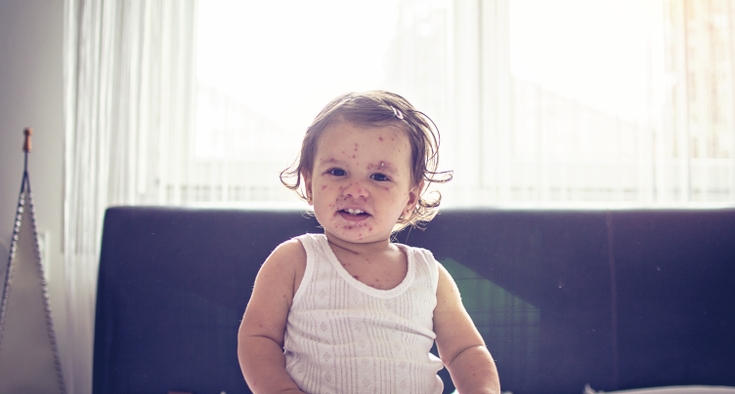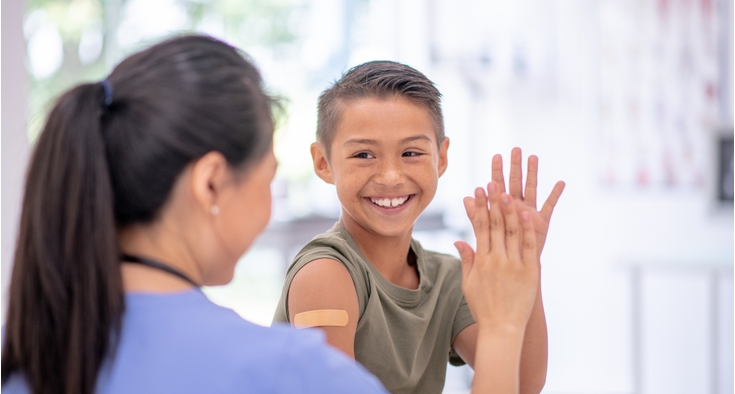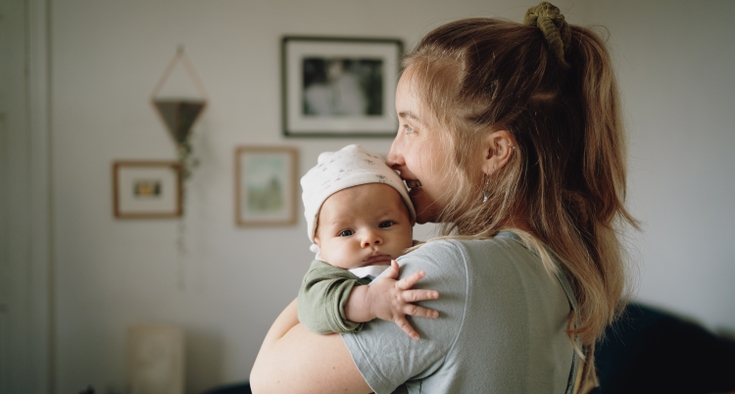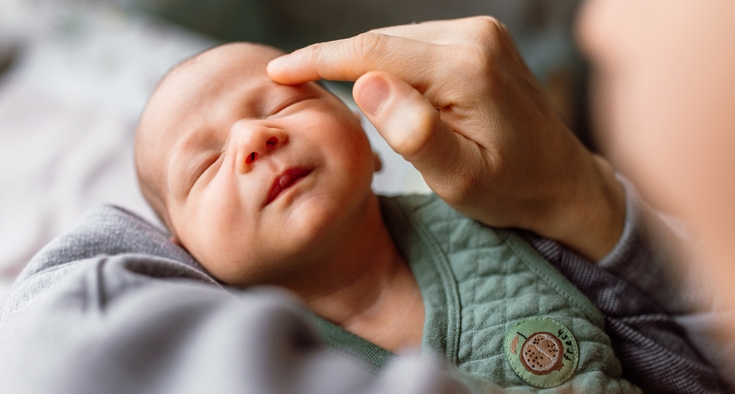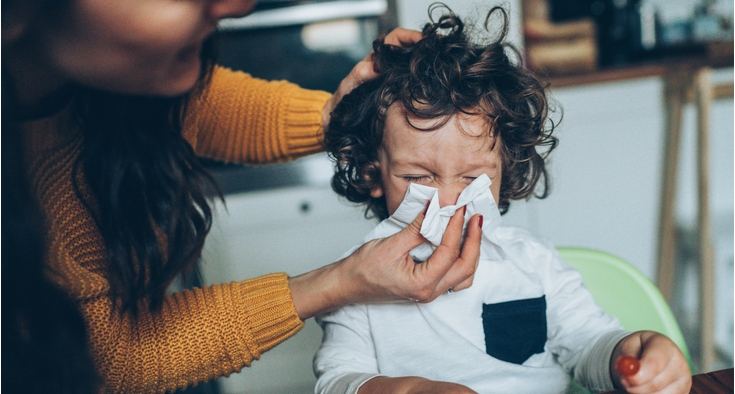Dr. Jyothi Nair is a Novant Health pediatrician.
When parents ask me about measles, I tell them what I know as a pediatrician. I can also tell them what it’s like to be a patient with measles.
I was quite young, so I don’t remember every detail, but I’ve asked my parents about the experience.
When I was 5, there was a measles case in my younger sister’s classroom, which was all the exposure we needed since measles is very contagious. Both of us got sick at the same time, and we got my mom sick as well.
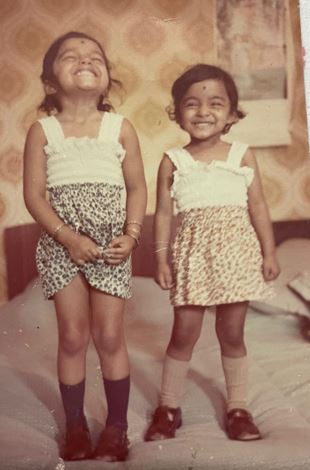
My sister and I were covered in pink spots from head to toe. My mom had fewer spots and was still able to get up and take care of us. (Moms are rock stars.)
We were miserable. We had very high fevers, a runny nose and a cough. We had red eyes and thick drainage coming from our eyes. We had a rash inside our mouths that made us not want to drink, although my mom kept encouraging us to drink fluids. Both of us spent a few days in a reclining chair, wrapped up in blankets.
From what I’m told, we were very sick for about three days and then got up and started to play. By the end of the week, we didn’t have rashes, we didn’t have scarring, and we were bouncing around the house.
As a pediatrician now, I know that our cases were mild. We didn’t develop breathing problems, brain swelling or pneumonia. My mom was able to keep us hydrated. We didn’t require hospitalization. Our immune systems kicked in and we improved.
We were lucky.
Find the care that's right for you.
Two decades later, I was in training to become a doctor back in India and treated some cases of measles. Most of the children that I saw with measles had come into the hospital because they needed IV fluids or help managing fever. Some had developed pneumonia.
By this time, the measles vaccine had been available in India for over a decade. The cases I saw were in children who unfortunately had limited access to healthcare.
My experience emphasizes how important access to healthcare and vaccination is in protecting the lives of children.
It’s important to highlight that the U.S. had successfully eliminated measles in 2000 due to high vaccination rates in the U.S. and good measles control in our part of the world. Unfortunately, vaccination rates have slipped, and measles has found its way back into the country. More than 1,300 cases of measles have been reported in the U.S. in 2025.
How I reply when people say, ‘But measles isn’t that bad.’
In some ways, measles is similar to the flu: Most kids get through the flu just fine, although no one would describe it as “pleasant.” However, there are some kids who we really don’t want to get the flu — like kids with asthma, who are at much higher risk for developing pneumonia and breathing problems.
Similarly, many kids have pretty mild cases of measles. I did. But the complications of measles can be significant, especially in those who are at higher risk: 1 of every 5 people who gets measles requires hospitalization. Three in 10 develop complications, 1 in 20 get pneumonia, and up to 2 of every 1,000 will die.
Think about those numbers as real faces of kids you know. If measles was going around your community, 1 in 5 of your child’s neighborhood friends could require hospitalization, and 3 in 10 could develop complications. One in 20 of their classmates could develop pneumonia as a result. One kid in your community could potentially end up with an intellectual disability from brain swelling, and up to two kids in your community could die. Measles can also make your child’s immune system forget how to fight infections.
What makes kids “higher risk?” Being younger than age 5. Having been born prematurely. Being immunocompromised, either from health conditions or as a side effect of medication. Having sickle cell disease. Having asthma. That’s not 1% of kids. That’s a lot of kids you know.
Measles is extremely contagious. Nine out of 10 people exposed to measles will catch it if they aren’t vaccinated, are immunocompromised or haven’t already had measles.
In late June, North Carolina public health officials confirmed the state’s first 2025 case of measles, in a child. Measles is contagious before someone knows they’re sick. The child had visited places in Forsyth and Guilford counties including a fast-food restaurant, an aquatic center, a farmers market, a science center, a miniature golf course and a grocery store — all places you might have gone with your kids.
You can get measles just from being in the same room where the person with measles has been in the last two hours. You don’t always know what you’re walking into.
Two doses of the MMR (measles, mumps and rubella) vaccine are 97% effective at preventing illness, usually for the rest of your child’s life.
I tell parents: If we vaccinate our children, we don’t have to worry about a highly contagious, easily preventable childhood illness that can be really bad for some people.
If you have questions about vaccinations, please talk with your child’s pediatrician. We care about your child’s health, and we’re here to help with your questions and concerns.
~As told to Sarah Bonnema
Special concerns for babies
The first dose of the MMR vaccine is typically offered to children after they turn 1 year old. In light of the current measles outbreak, if your child is older than 6 months, you may be able to get their first dose early, especially if you’re planning to travel internationally or to areas where there have been cases of measles. To learn more, talk with your pediatrician and read this article: Should we hurry and vaccinate our babies for measles? 8 questions answered.





